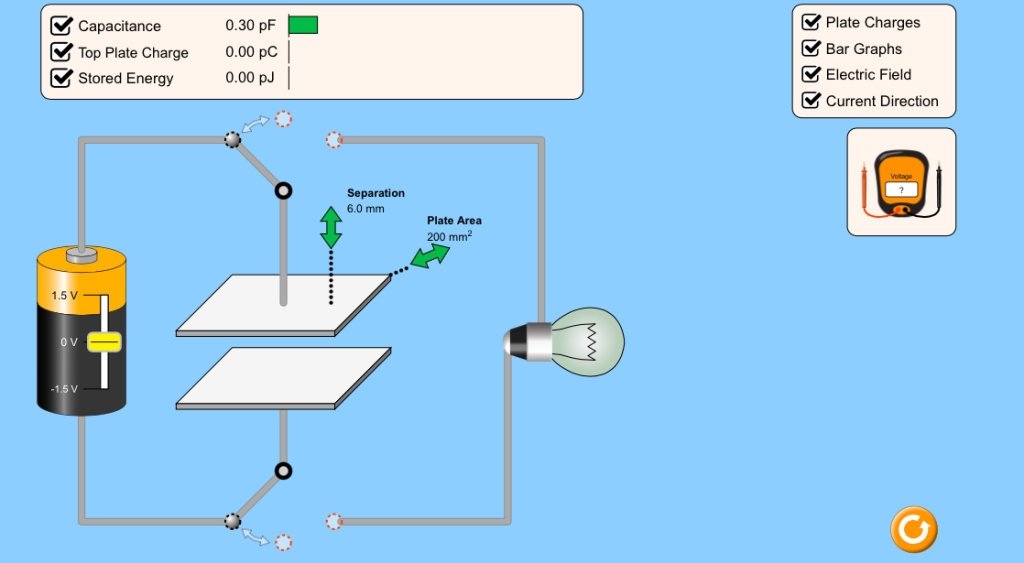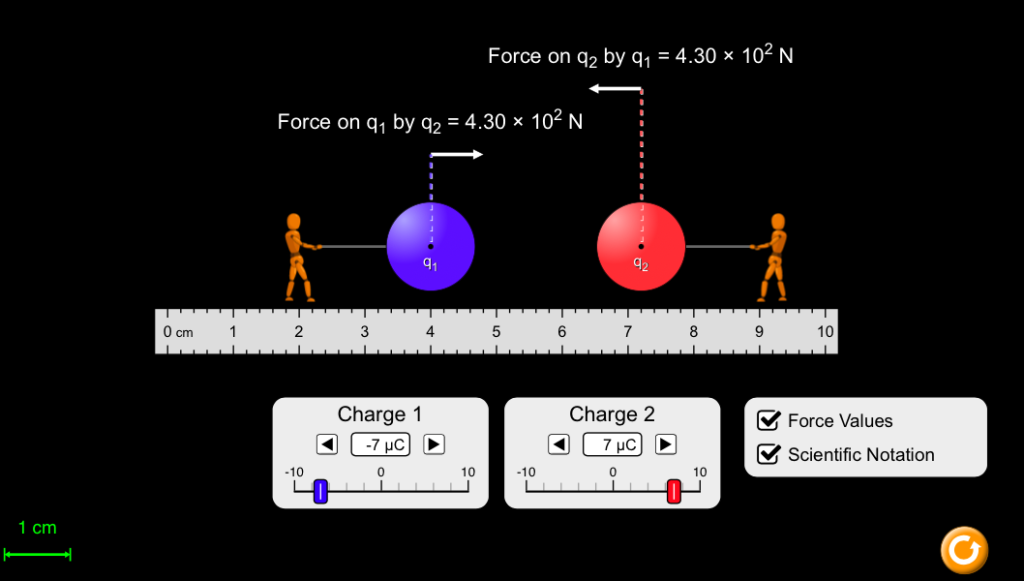Slits experiments
Wave interference by PhET Interactive Simulations, University of Colorado Boulder, licensed under CC-BY-4.0 (https://phet.colorado.edu) The title of the Project: Slits experiments Purpose of the work: Practical part Choose “Slits” to start the virtual experiment. This is a little instruction to the virtual experiment. Virtual experiment. Step 1. Choose the settings as shown in the photo. Step 2. Turn the laser on. Notice what happens after the wave go through the slit. Step 3. Change the setting to two slits. Turn on the laser. Notice what happens after the wave go through the slits. Step 4. Increase the width of the slits. What happens? Step 5. Decrease the width of the slits. What happens? Step 6. Increase the separation between the slits. What happens? Step 7. Decrease the separation between the slits. What happens? Step 8. Make a conclusion. Conclusion For the experiment with a single slit, there is a diffraction phenomenon takes a place, when the light goes through the slit. For the experiment with double slits, there is diffracting taking place and then interference of the resulting waves. On the screen we can see that the interference patterns change when we change the separation between the slits and the width of the slits.











